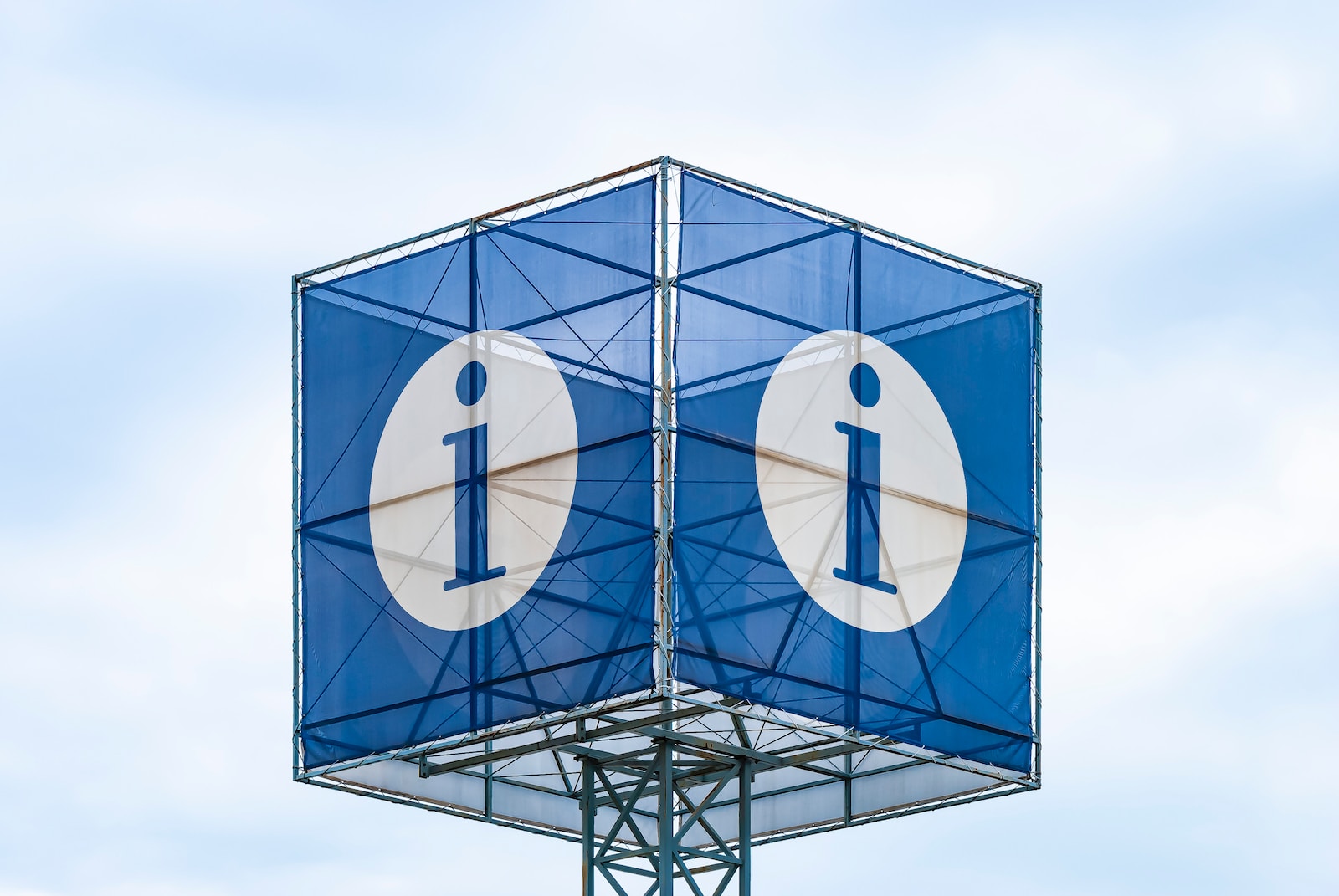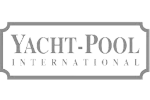
Useful Yacht Charter Information
“Stuff you need to know”
Should I book a catamaran or a monohull yacht?
Quotation
Reservation
Payment
Pre-order
Upon arrival
Crew and provisions
Advice with a degree of importance
Safety equipment check: Lifebuoys, safety belts, liferaft, fire extinguishers, EPIRB
Emergency tiller: Check if there is one.
Basic toolbox: Check for the basic tools inside (pliers, wrenches, screwdrivers, etc.)
Engine operation, visual inspection in engine rooms for leaks: Start the engines and check in the engine room for possible leaks and that everything looks ok.
Checking the proper operation of controls: Turn it upside down and find out if there is gambling and if it is clearly functional.
Sails and rigging, outhaul, gooseneck, and rope burls in pull-up: Open the sails and make sure the omega restraints are tight like the gooseneck. Check that the rigs are clean and the sail rope does not rumble during the pull up.
Check windlass control and operation of the controller: Pull up / down 4-5 meters and check the stability of the crow and that the controller is not worn, and that it has a good function. Ask how many meters of anchor chain are there.
Windlass relays and battery bridge: Ask to know where the thermal fuse worn and if there is a motor battery bridge.
Diesel tank for autonomy: You need to have a full spare diesel tank
Look for the mast (Bossun’s) chair.
You need to have at least one set of functional mask and flippers
Diver report: Ask to see it
Bilges and floater control: Open the bilges and see that they are relatively dry and lift the sensor floater to make sure it works automatically. Also, check manual operation.
Sonar and GPS control: Check that the sonar works as well as the GPS charts.
Toilet control and good operation, where are the cesspits, and how they open and close: Use the flush in all bathrooms and look for the same good operation and noise (if they are electric). Ask to be shown how the waste tanks open and close.
Outboard/petrol control and oars functionality, boat pump: Turn on the outboard and learn in detail its operation or possible peculiarities (air / petrol closing, lifting). Check propeller safety, have a look at the oars, and check if the pump is operational.
Ropes, big and small ones: Check in addition to the 2 basic stern ropes that there are 2 springs and 1 or 2 fifties. Ideally, there are 10 ropes for general use (bucket tying or dingy stabilization eg)
Water hose, electricity cable and adapters: See that there is a water hose with adapters as well as a power cable with adapters.
Cooking utensils and kitchen function: Look for at least basic utensils – a large pot, a large pan, strainer, plates, and glasses). Also, turn on the oven and eyes
Spray hood main: If it is not installed, ask to see where it is and make sure of its functionality.
Boat hook: Open and close it (if it is expandable) to make sure it is in good condition.
Broom: Look for it.
Plastic bucket: Make sure it is operational.
2nd winch handle: Check that there is one.
Flashlight: Check if it lights up well otherwise ask for batteries or replacement.
Cockpit cushions: Check that they are fitted with their straps.
Navigation lights: Make sure they work.
Fridges: Turn them on as soon as you get on the boat and see that they work
Gangway: Raise and lower it and check how it secures.
Swimming ladder: Make sure it works properly
Stern deck shower: Check for proper operation and possible leakage in the engine room.
Check the sterns by lifting the fenders and look around for possible scratches.
VHF: Check its functionality
Audio system: Check for proper function.
Air Condition, Generator, Desalinator: Check if they have a good operation.
Take some photos or record a video around the boat.
Use the first day of your charter to make a thorough check of the boat to avoid being charged damages or losses the previous charterers did not mention.
When you return make sure to inform the base staff about possible issues of the boat during your charter.
You will need to refill the fuel tank of your boat either at a gas station inside the marina or with a fuel truck after you dock, it depends on the marina facilities.








